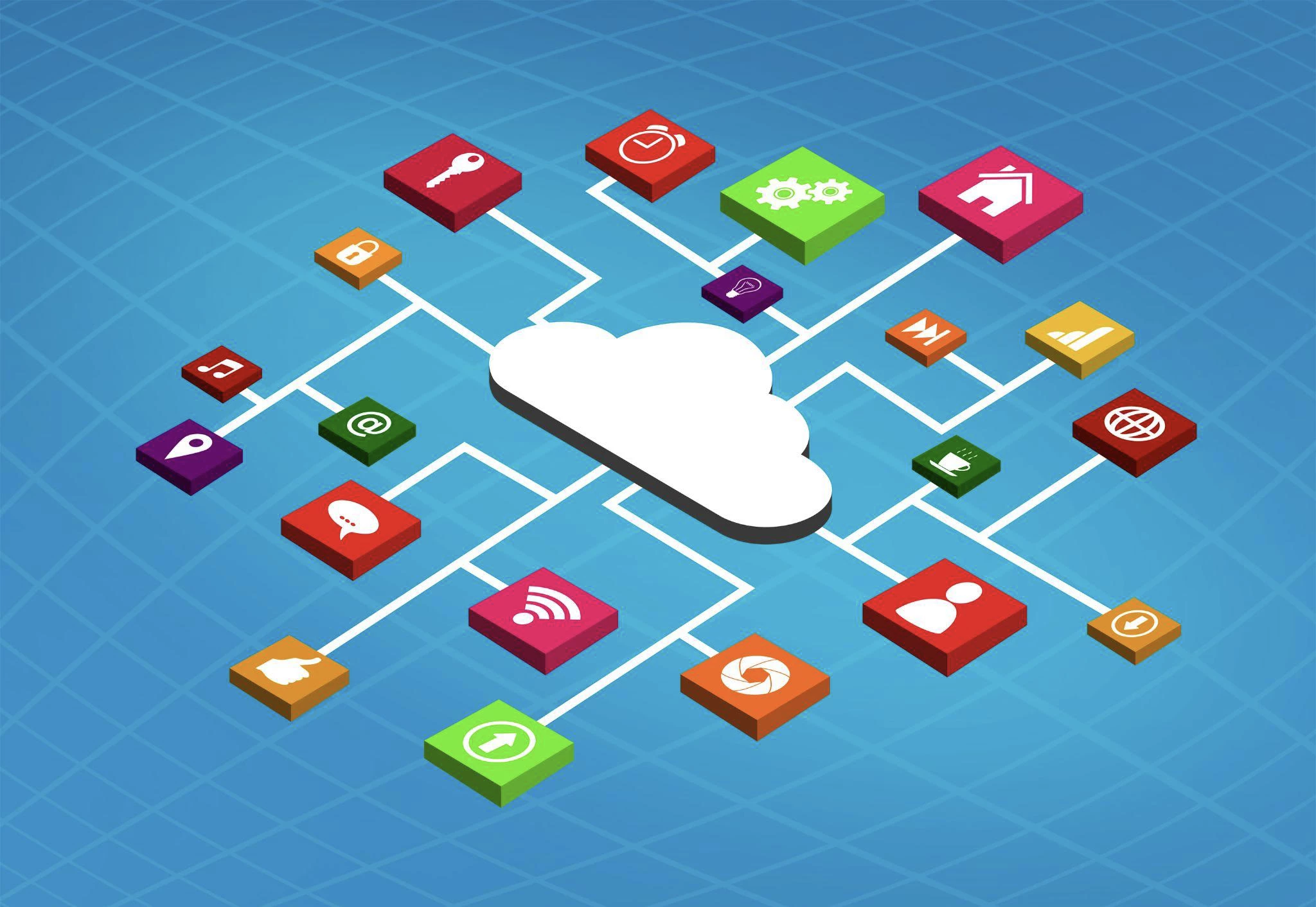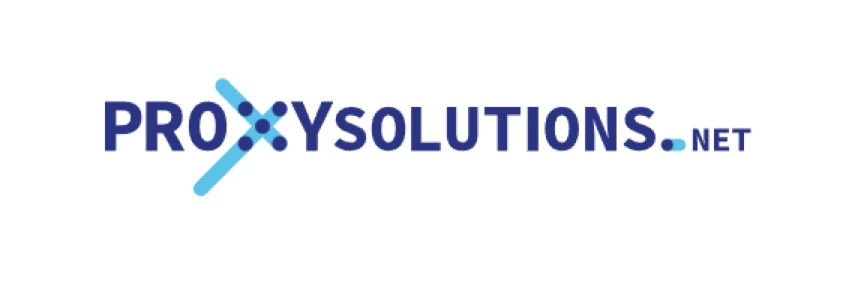What Are Remote Proxy Servers and Who Can Benefit from Them

Traffic proxying is a technology that emerged alongside the internet. Its essence lies in embedding an additional node into the traffic exchange process. Stationary proxy servers, located within a company’s IT infrastructure, can perform numerous tasks: load distribution, serving as “gateways” for local network computers to access the internet, caching or compressing content, and providing additional security.
Over time, another variant of the technology appeared — proxying through remote servers. The main advantage users gain from this is masking. Since the request is made not directly to the web resource but through the proxy server, the initiator’s data can be concealed. It is akin to asking a friend to go to a neighbor and find something out for you.
Proxies also differ in their level of anonymity:
- Transparent — the friend tells the neighbor directly that you sent them / the proxy server does not alter user information.
- Anonymous — the friend refuses to say who sent them / the proxy changes user information but does not hide the fact that a proxy is used.
- Distorting — the friend suggests someone might have sent them, or they might be acting on their own / the proxy server changes the IP address to its own and tries to conceal the use of additional gateways.
- Private — the friend says they are personally seeking information, and no one sent them / the proxy presents all user requests as originating from other people.
As can be seen, maximum anonymity is only achieved using private, also known as personal, proxies.
By posing as other network users, one can access resources with regional restrictions. It doesn’t matter who imposed these restrictions: the internet provider or the web resource itself. It’s sufficient to select an IPv4 proxy located in the necessary country.
The primary users of remote proxy servers are professionals whose work is closely tied to the internet: network analysts, SMM specialists, network software developers and testers. A good example is parsing, an automated data collection from freely available sources, for which proxying is an indispensable tool. Website protections block frequent, similar requests from a single IP address, while proxying allows such requests to be sent from thousands of different IP addresses, obtaining the required information.
How to Choose a Proxy

The entire process of selecting proxy servers and related services boils down to choosing a reliable and responsible provider. The quality of both the servers and the client service will depend on them. Let’s consider what modern proxy server providers offer, using the platform Proxy-solutions.net as an example.
Client Interaction:
- Convenient website — minimalist design, no mandatory registration, informational blog for novice users.
- Chatbots — full-featured chatbots for Viber and Telegram, allowing the purchase and management of private proxies.
- 24/7 technical support — during working hours, you can talk to a live operator on the website, and the ticket system operates around the clock without interruptions.
The platform has its own browser extensions for Opera, Mozilla Firefox, and Google Chrome. The site offers tools that significantly simplify working with proxies — clients can use them for free, while visitors need to purchase a Network Tools subscription or use them with some limitations.
Offerings:
- Personal proxies — the main type of proxy servers capable of solving standard tasks.
- Package proxies — sets of personal proxies sold at a discount for bulk purchases, with the discount size depending on the number of IP addresses in the set.
- Prime proxy — servers with IP addresses from regular internet providers, indistinguishable from those they issue to their subscribers.
- City proxy — allows specifying the geographic location of the data center where the server is located, down to the city level.
To solve the most unusual tasks, one would need to buy mobile proxies — a proxying technology using dynamic IP addresses of mobile operators. For support of atypical protocols, consider UDP Proxy and MultiProtocol Proxy.
Summary

Traffic proxying is a popular technology offering numerous benefits to its users, the main one being request anonymization. To get a quality product and a positive user experience, it is crucial to choose a reliable provider, who will determine how fast and high-quality the services will be.
